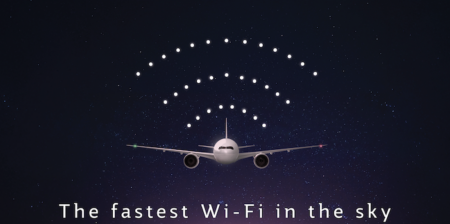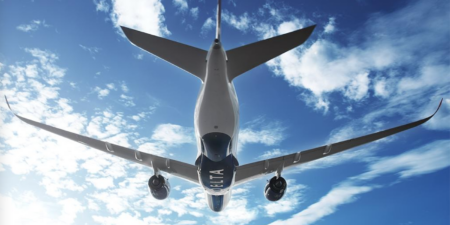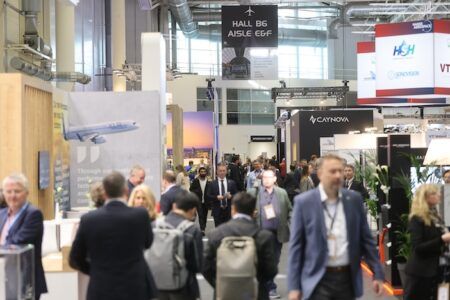In the aviation world there are some terrific phrases bandied about like “It’s all about the passenger experience” and “We are investing a lot into the customer journey”. Investment reaching into the billions is definitely a sign of intent of how the passenger experience is going to change, but there’s a big ‘but’.
In reality what such phrases seem to mean are better seats, better in-flight entertainment systems and inflight connectivity or investment in new aircraft to reduce the overall age of the fleet; there is also a bit of ‘keeping up with the Joneses’ as well.You can make a cabin environment look great, and you can make people supposedly feel more comfortable or more entertained, but there always seems to be a commercial agenda behind these investments rather than a genuine desire to change for the better.
I have worked on airline liveries and interiors, during which I took into consideration the whole passenger experience. For example, when working with two low-cost carriers in Europe recently, we identified a pinch point related to queuing protocol at check-in/bag drop. We devised wayfinding signage that deployed good and appropriate humor and clear instruction so passengers genuinely felt that they were being dealt with like human beings,and were not simply a passenger number being processed through the system.
Some of the critical commercial factors for airlines include saving weight, reducing fuel costs, and increasing passenger density per aircraft to deliver better yields. These are all very practical and eminently sensible aims, but let’s not try and masquerade this work as making the passenger experience better.
It is ultimately people that make the difference. Incredibly talented designers, engineers and manufacturers spend months and years developing innovative solutions for the interiors of aircraft. But when airlines cut staff or engineer costs out of their business through punitive staff contracts, you end up with quite a demotivated work force that fails to engage with the passenger and may not deliver the experience that any traveler hopes for be that a GB£35 seat in economy or a £3,500 seat in business.
Experiences are built upon many different levels and I do think airlines need to think very carefully about where investment is made, and how. Every physical environment is extremely important, but alongside this we also need to treat passengers with dignity, respect, care and comfort, regardless of the class in which they choose to travel.
As we continue to move towards some utterly brilliant ideas in respect of aircraft interiors we also need to work hard to update and innovate our thinking in the way we serve passengers. If we really want to say with absolute authority “it’s all about the passenger experience” then we need to think bigger and broader in the way we deliver solutions.
About six years ago I had a long conversation with an airline about introducing and making provision for female-only toilets on board their fleet. It never happened with that particular airline, but it only took All-Nippon Airways (ANA) a year to realize the potential of this idea and then to introduce it in 2010.
Another area where a new aproach could be made is the provision of amenity kits, which in some cases are becoming a nearly pointless piece of whimsical theater. The contents of the kits have been reduced to the bare minimum when in actual fact airlines should be doing the reverse. For an extra 75p or £1 per unit you could surprise and delight each and every eligible passenger. Split the kits by male and female and focus in on the tiny details that can often make such a profound difference to the passenger experience.
That to me is brave experiential change for good, and along with the usual and expected cabin environment upgrades and changes, they make for a powerful proposition but change cannot be built around just one of those elements.
Ultimately it’s not just about a comfy seat, some decent films and being able to work through your emails at 36,000ft. It’s often about those very small, well thought-out details that make passengers feel valued and wanted. Then the experience stands out and is recounted or relayed positively, as opposed to one that falls at the first hurdle.
James Acton is co-founder and director of The Brand Nursery, an independent branding agency based in Leeds, UK. It has worked alongside Transvania (part of Air France/KLM group), Air Europe and recently undertook a complete livery re-design of Jet2.




